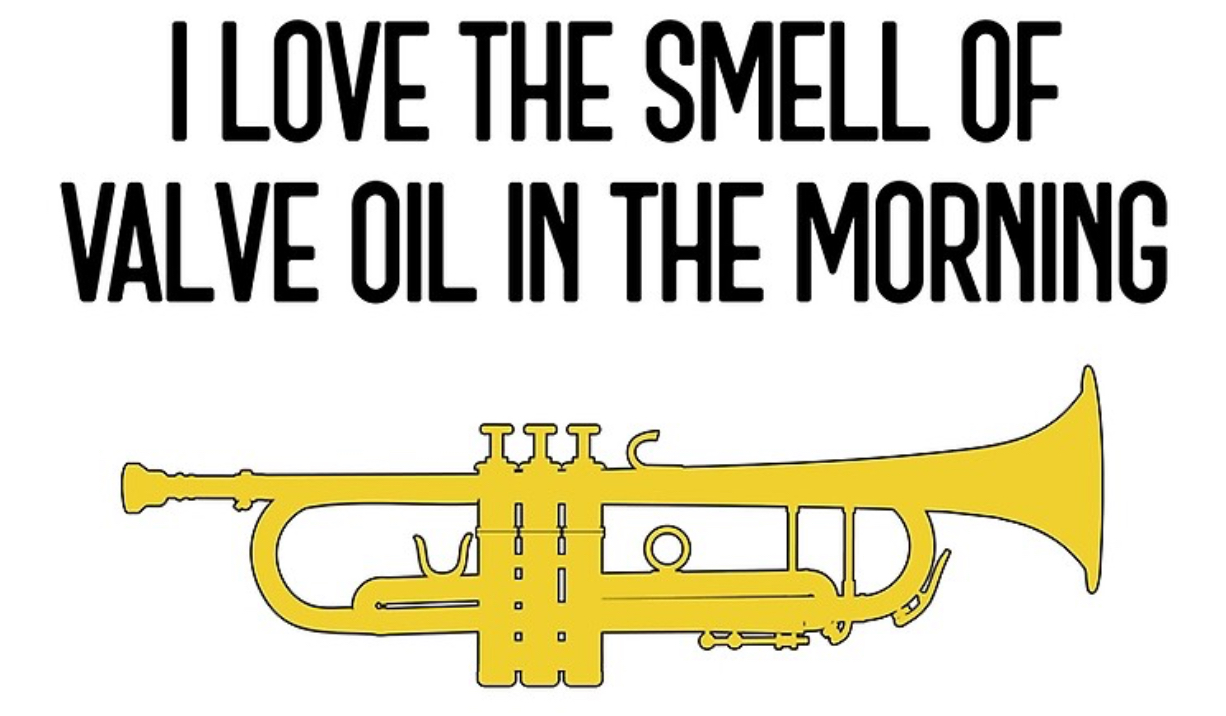Band, consisting of woodwinds, brass and percussion instruments is offered to BVPS students in grades 6 through 12.
Students join band at VMS as a 6th grader and grow and hone their skills as an instrumentalist through the 12th grade.
Band students participate in a variety of performing ensembles including, but not limited to, Concert Band, Marching Band, Percussion Ensemble, and other Small Instrumental Ensembles. Band is co-curricular, meaning rehearsals and performances take place during and outside of school hours.

According to an article on www.yourclasic.com by Ella Harpstead, the concert band is an ensemble that goes by many names: wind ensemble, wind symphony, wind band, wind orchestra, symphonic band — or just plain "band." It's a collection of woodwind, brass and percussion instruments that is best known to the general public for patriotic marches, but it also is an ensemble that more composers are turning to for their next big work.
Q: What is the difference between an orchestra and a concert band?
A: The most obvious difference between the ensembles is the instruments that call the ensemble home. Violins, violas, cellos and basses make up the majority of an orchestra, while a concert band is made up of woodwind, brass and percussion instruments. The orchestra also contains a wind section, but it is much smaller than that in a concert band. Basically, the concert band does not contain stringed instruments, except the occasional string bass or harp.
Additionally, these ensembles traditionally play different styles of music. When you think of concert band music, you might think of marches, like John Philip Sousa's classic The Stars and Stripes Forever, or other patriotic tunes. This is the music that kickstarted the American band tradition. And while you might associate bands with outdoor concerts and orchestras with fancy concert halls, many bands around the world play "classical" music and contemporary compositions written for them that draw large audiences.
Q: How did concert bands start?
A: Concert bands represent the coming together of two types of smaller ensembles: the brass bands that accompanied military regiments and the wind section of an orchestra.
Brass bands have roots all over the world, from Turkey to Wales. Groups of instrumentalists joined "bands" of armed forces and then came to be known as "bands" of musicians. Brass instruments were loud, and the sound carried a long way. They played marches to keep time on long foot journeys and created a boisterous noise to intimidate enemies before they were even in view.
On the lighter side, some composers such as Wolfgang Amadeus Mozart and Joseph Haydn realized that the wind section of the orchestra had a unique sound and virtuosic ability. They occasionally wrote just for that section of the orchestra to give string players a break.
As military bands became more ceremonial than practical, they were able to expand to include woodwinds and play sit-down concerts for public audiences. This inspired a shift in repertoire. Now, along with marches, bands played transcriptions or arrangements of orchestral classics. Some composers heard the collection of wind and percussion and jumped at the opportunity to compose for the medium. Now there were serious new works composed specifically for band.
Bands became an ensemble of and for the people. While orchestral concerts were, historically, primarily for upper-class members of society, bands welcomed all audiences. They became a staple of American education. That inspired the great band conductor Frederick Fennell, who came to be known as the "godfather" of the medium, to create the first standard wind ensemble at the Eastman School of Music in Rochester, N.Y. It brought down section sizes to the fewest numbers possible for a clean, controlled sound capable of playing extremely advanced music.
Today, school and community bands make up most band participation. There are few professional opportunities outside of the military, so lots of players simply continue for the fun of it with community bands.
Q: So bands are the ones that march, right?
A: Yes, and no. A concert band's purpose is right in its name: to give concerts. A marching band's purpose is also in its name: to march. The marching band and the brass band have similar origins in the military, and the marching band has remained the moving counterpart to the concert ensemble throughout band history. Drum and bugle corps include only percussion and brass. In the United States, drum and bugle corps increased greatly in popularity during the Civil War, when nearly every regiment had its own band. After the war, these bands stuck around as a way to socialize and heal, and many of America's first community bands were made up of Civil War veterans. Most marching bands, however, often include both brass and woodwinds with a large percussion section.
Many U.S. high schools have a marching band that performs at sporting events and in parades. The Drum Corps International marching arts organization is made up of high school- and college aged-students who march competitively every summer in drum and bugle corps as they tour the country. Fun fact for sports lovers: The DCI World Championships are held on the home field of the NFL's Indianapolis Colts.
Marching bands might play arrangements of familiar pop songs, or they might play programmatic, newly composed works specifically for their shows. Their "concert" involves visually stunning, intricate movements across a football field, often accompanied by flags and other props.
